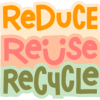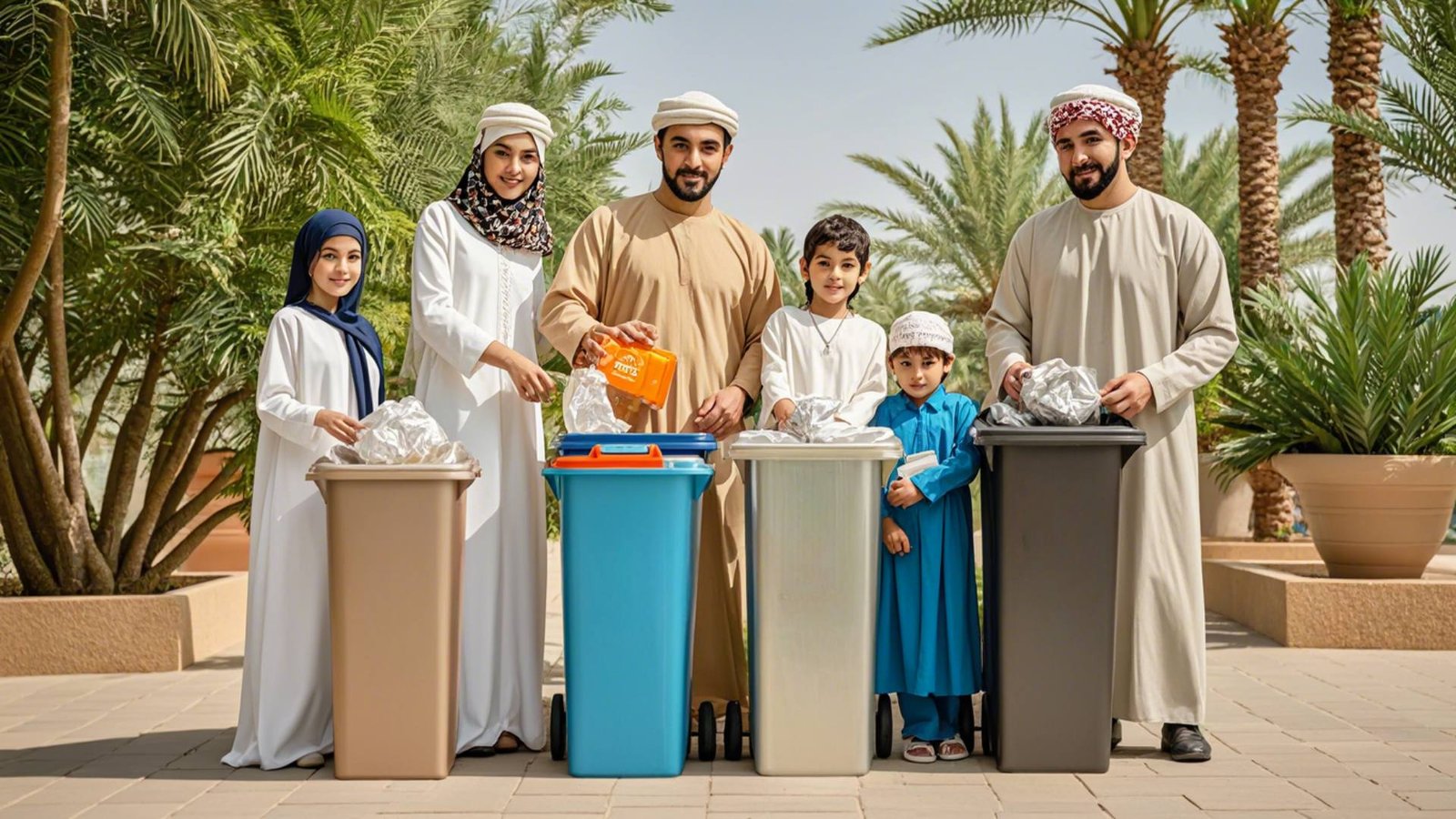Get in touch now!
I understand that my data will be hold securely in accordance with the privacy policy.

Contact Us
Contact us and get started conserving.
![]()
Are you ready for coffee?
Ghala industrial area, way No. 266 No 1.A.3148, Muscat, Oman
Waste sorting is an essential practice that plays a significant role in reducing the environmental impact of household waste. In Muscat, a coastal city with unique geographical conditions, waste sorting is especially important due to the challenges posed by its climate and growing population. In this Guide to Waste Sorting: Easy and Simple Steps, we’ll explore why waste segregation at home is crucial and how families can easily contribute to a cleaner, more sustainable future.
Waste sorting is an essential practice that plays a significant role in reducing the environmental impact of household waste. In Muscat, a coastal city with unique geographical conditions, waste sorting is especially important due to the challenges posed by its climate and growing population. In this Guide to Waste Sorting: Easy and Simple Steps, we’ll explore why waste segregation at home is crucial and how families can easily contribute to a cleaner, more sustainable future.
While many assume that waste sorting is the sole responsibility of waste operators, the truth is, our individual contribution is essential. Sorting waste at home is a crucial step that everyone can take to ensure that more waste is recycled and less ends up in the landfill or harming the environment.
By sorting waste into categories—such as organic, recyclable, and non-recyclable—families can significantly reduce the amount of waste sent to landfills. Consequently, this simple action helps conserve natural resources, reduce pollution, and lower the overall carbon footprint. Furthermore, recycling materials conserves energy and water used in manufacturing, which, in turn, supports the preservation of natural ecosystems. Thus, adopting these practices is crucial for a sustainable future.
This, in turn, is vital for preserving Muscat’s delicate coastal ecosystems.
While many assume that waste sorting is the sole responsibility of waste operators, the truth is, our individual contribution is essential. Sorting waste at home is a crucial step that everyone can take to ensure that more waste is recycled and less ends up in the landfill or harming the environment.
Waste sorting is crucial because it increases the amount of waste that is recycled. As a result, it reduces landfill overflow and minimizes harmful environmental impact. On the contrary, mixed waste that is improperly disposed of in the environment can pose serious threats.
For example, hazardous substances may seep into the soil, while simultaneously, harmful gases could be released into the air. Consequently, this contributes to the depletion of the ozone layer. Moreover, many other unwanted negative effects can follow.
By sorting waste at home, we can each do our part in fostering a cleaner, greener future for Muscat and beyond.


Waste sorting at home is an easy and effective way to contribute to a cleaner environment. By following these simple steps, you can reduce your carbon footprint, minimize landfill waste, and encourage sustainable practices. Here are five easy steps to help you get started with waste sorting at home.
The first and most important step is to set up designated bins for different categories of waste. This helps you to sort waste efficiently and ensures that recyclable materials don’t end up in the landfill.
Labelling each bin clearly is crucial for easy identification. This step ensures that every family member knows where to put the waste, reducing the chances of mixing up recyclables with non-recyclable items.
Waste sorting at home is a team effort, and it’s essential that everyone in the household knows how to sort waste properly. Teaching your family members about the importance of waste segregation helps them understand the impact they have on the environment
Once your family gets the hang of sorting waste, the next step is to ensure that recyclables and organic waste are put to good use, either through recycling or composting.
Some waste, such as diapers, broken plastic toys, or items that are contaminated with food, cannot be recycled or composted. It’s important to dispose of these materials properly to avoid environmental harm.


Climate and Population Considerations
Muscat’s hot desert climate and growing population put a strain on waste management systems. Sorting waste at home reduces the burden on local landfills and ensures that materials are recycled properly. Given the proximity of Muscat to the coast, sorting waste also helps preserve marine life by preventing waste from entering the ocean.
Benefits for the Local Community
When families adopt waste segregation, they are not only contributing to a cleaner environment but also supporting local businesses that rely on recycled materials. This encourages a circular economy, where waste is continuously reused to create new products.
Encouraging Recycling and Reuse
Sorting waste at home opens the door to an effective recycling system. Recycled materials can be reused to create products like recycled plastic bottles, paper, and even construction materials. By recycling more, Oman can reduce its dependency on new raw materials, leading to reduced environmental impact.
Contaminated Recycling Bins
Avoid throwing food waste or dirty packaging into the recycling bin, as contamination can spoil entire loads of recyclables.
Ignoring Local Waste Regulations
It’s important to stay informed about local recycling programs and regulations. Some materials may require special disposal methods, such as electronics or chemicals.
Overloading Bins
Overstuffing your waste bins can make sorting difficult. It’s better to keep the bins manageable and organized, especially for recyclables that may need to be rinsed before disposal.
The Role of Recycling in the Circular Economy
A circular economy is a system in which resources are reused, remanufactured, and recycled to minimize waste.
In this context, waste sorting plays a key role in creating a circular economy because it ensures that valuable materials are not lost to landfills. Therefore, adopting effective waste management practices is essential for supporting a sustainable and circular system.
By sorting waste at home, families can contribute to this sustainable model, reducing the need for raw material extraction and lowering energy consumption in manufacturing.
Impact of Waste Sorting on Muscat’s Future
By practicing proper waste sorting, families in Muscat can significantly reduce their environmental impact. This can lead to a cleaner, greener city that attracts eco-conscious tourists and businesses, while also improving the quality of life for residents.
Sorting waste at home is an easy and impactful way for families to contribute to a cleaner and more sustainable environment in Muscat. By following simple steps, such as setting up separate bins and educating family members, you can reduce waste, promote recycling, and support the circular economy. Let’s work together for a greener Oman!

![]()
Are you ready for coffee?
Ghala industrial area, way No. 266 No 1.A.3148, Muscat, Oman